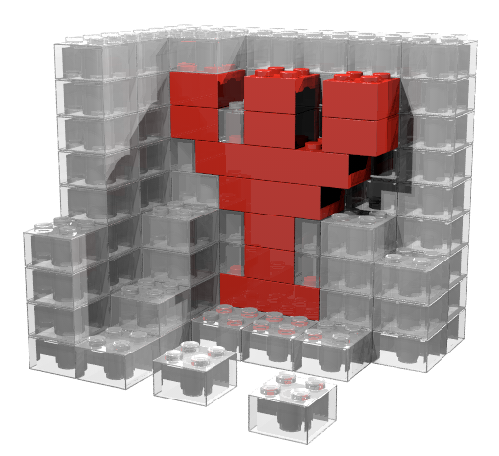
A PhD project offered by Dr Gunnar Möller - join my group to work on cutting-edge understanding of quantum matter and develop new algorithms for simulating their physics on current-day quantum computers.
(about the supervisor)(to application instructions)
Project aims:
Project description:
First quantum computers have been realised and have been used to successfully demonstrate a proof of principle that quantum entanglement is a valuable resource for computing. However, full-scale quantum computers with sufficient fidelity to execute general purpose quantum algorithms require significant improvement. Before this goal is reached, it is an important challenge to find effective algorithms which can perform well on near-term noisy quantum computers.
The challenge of designing effective algorithms compatible with limited numbers of qubits, fidelities and circuit depths is not dissimilar to the challenges posed to classical computers in treating the exponential complexity of quantum systems. In classical computing, the study of quantum information of many-body systems has led to single out tensor network approaches as a natural language for describing quantum mechanical bulk systems. It is already understood how one-dimensional classical matrix product states can be translated into quantum circuits. This approach additionally allows for the possibility to represent infinite systems by means of approximating the environment of the active computation region such that both can be stored in a moderate number of qubits [1].
In this PhD project, we will generalise these ideas to seek efficient quantum algorithms for simulating quantum materials in higher dimensions. As a starting point, we will explore formulations in terms of isometric entangled pair states, which can be mapped straightforwardly onto unitary circuits [2]. Additionally, we will explore variational optimisation strategies of circuit elements to reduce required circuit depths relative to direct implementation of Hamiltonian functionals [3] and incorporate ideas on duality transformations [4,5].
1. Barratt, F. et al. Parallel quantum simulation of large systems on small NISQ computers. npj Quantum Information 7, 1–7 (2021).
2. Wu, Y., Anand, S., Lin, S.-H., Pollmann, F. & Zaletel, M. P. Two-dimensional isometric tensor networks on an infinite strip. Phys. Rev. B 107, 245118 (2023).
3. Causer, L., Jung, F., Mitra, A., Pollmann, F. & Smith, A. Scalable simulation of non-equilibrium quantum dynamics via classically optimised unitary circuits. Preprint at http://arxiv.org/abs/2312.14245 (2023).
4. Lootens, L., Delcamp, C., Ortiz, G. & Verstraete, F. Dualities in One-Dimensional Quantum Lattice Models: Symmetric Hamiltonians and Matrix Product Operator Intertwiners. PRX Quantum 4, 020357 (2023).
5. Moradi, H., Moosavian, S. F. & Tiwari, A. Topological holography: Towards a unification of Landau and beyond-Landau physics. SciPost Phys. Core 6, 066 (2023).
More information at: www.kent.ac.uk/physics-astronomy/people/466/möller-gunnar.
The applicant should have a first degree in Physics, Mathematics, Computer Science or other related STEM field.
The student carrying out this project will be registered for a PhD in the School of Physics & Astronomy. The student will become a member of the Physics of Quantum Materials group, with a vibrant and supportive research environment.
Supervisor: Dr Gunnar Möller (g.moller@kent.ac.uk)
Deadline: Wednesday 15 May 2024, 23:59GMT
To apply for this position, you will need to use the graduate applicant system of the University of Kent and apply for the degree in PhD in Physics (Full Time) – please see detailed instructions in our post about the EPSRC Quantum Technologies studentships.
(about the supervisor) (to application instructions)